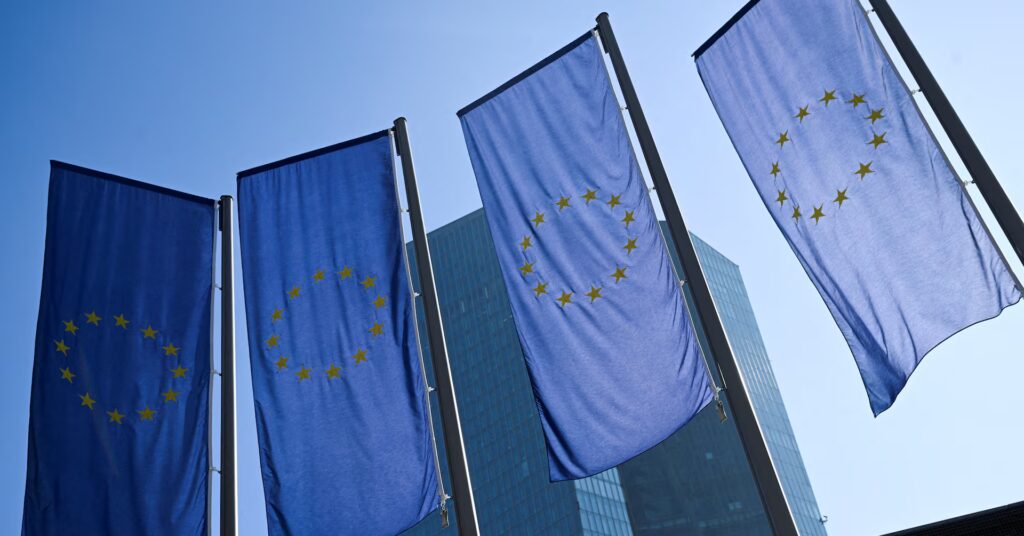PARIS, Nov 12 (Reuters) – Existing European crypto rules already contain safeguards against the risks posed by stablecoins, the region’s banking supervisor told Reuters, after the European Central Bank warned the tokens could threaten financial stability.
Register here.
Asked about the ESRB’s concerns, a spokesperson for the Paris-based European Banking Authority said the report “reflects the inherent risks associated with possible mass redemption requests” but that their severity depends on a stablecoin’s business model and scale.
“Based on these elements, the necessary safeguards following MiCA should be put in place to mitigate the risk,” the spokesperson added.
The EBA said it was awaiting clarification from the European Commission on whether multiple issuances are permitted under EU crypto rules, known as MiCA.
Issuers of stablecoins – a type of cryptocurrency linked to a currency, usually the US dollar – claim to hold dollar reserves to enable redemptions.
“From a liquidity perspective, issuers need to hold a certain amount of liquid assets to meet possible redemption requests. And that should work globally,” Luis del Olmo, a senior expert at the EBA, said in an interview.
Stablecoins remain a small part of the financial system, but they are growing rapidly, driven by El Salvador-based Tether. Circle’s USDC, the largest EU-regulated stablecoin using multiple issuances, has $75 billion in tokens in circulation. National regulators oversee entities licensed by MiCA, but the EBA will directly supervise significant stablecoins.
People close to the positions of the two national regulators told Reuters they shared the concerns of the ECB and the ESRB, speaking on condition of anonymity. One source said he feared the United States could block the transfer of reserves to Europe to meet buyout demands.
The European Commission has indicated that it does not see the need to make major changes to MiCA.
Reporting by Elizabeth Howcroft; Editing by Tommy Reggiori Wilkes, Elaine Hardcastle
Our Standards: The Thomson Reuters Trust Principles.





